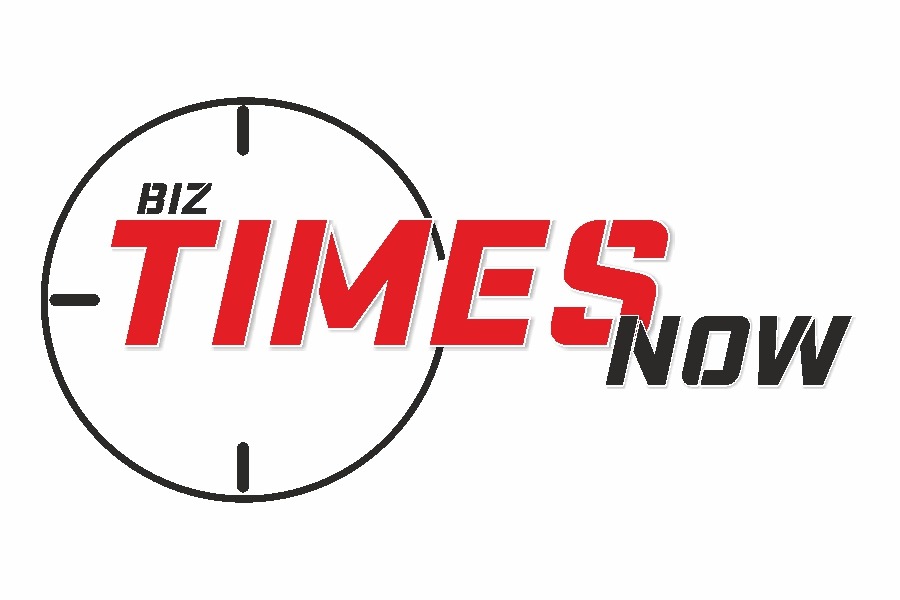Imagine traveling from Los Angeles to San Francisco in under an hour. Then again, from Washington, DC, to New York City in more than 20 minutes. This could transform into a reality in the not-so-distant future with the hyperloop, a creative transportation system, and by being created. The hyperloop thought was first proposed by business visionary Elon Musk in 2012. It imagines traveler or freight units going through up to 700 mph of decompressed tubes.
This would emphatically diminish trip times contrasted with current rail and air choices. At 700 mph, you could get from LA to San Francisco in about 30 minutes, versus the 6+ hours it takes now to drive. How precisely could the hyperloop work? And what technological advancements have made it possible to move people and goods at such high speeds? We should investigate.
The Basic Technology Behind Hyperloop
The hyperloop system relies on several key technologies:
Low-Pressure Tubes: A near-vacuum environment is created by removing air from the pods or capsules as they float inside large tubes. This limits air obstruction, permitting the units to arrive at high rates utilizing minimal power.
Magnetic Levitation: The cases float over the track utilizing attractive levitation (like maglev trains). This eliminates the grinding of wheels, further diminishing opposition.
Linear Electric Motors – Linear electric motors placed along the length of the tube accelerate the pods through electromagnetic fields. This propulsion method is highly efficient.
Stabilization Systems: Sophisticated computers and sensors would constantly monitor route conditions and capsule status for maximum safety. The pods would also have onboard stabilization systems.
While this combination of technologies makes the hyperloop possible, engineers still face challenges in fully optimizing and integrating them. Tube construction and maintaining the pod levitation/propulsion systems will be incredibly complex engineering tasks.
The Benefits of Travelling by Hyperloop
If fully realized, the hyperloop system would provide faster, cleaner, safer transportation between cities:
Extremely High Speeds: Pods could cruise at 600-700 mph, allowing cross-country travel in a few hours. For comparison, high-speed rail maxes out around 250 mph.
Efficient and Sustainable – The pod motors use very little energy at speed. And the direct routes reduce overall travel distances. Hyperloop traffic would also ease congestion on roads and at airports.
Weather-Resistant: The enclosed tube environment shields hyperloop systems from crosswinds, rain, and other external conditions. Travel disruptions would be minimal compared to air or rail.
Comfortable Rides: The smooth magnetic levitation and gradual acceleration mean passengers experience no bumps or jarring motions. It would feel similar to riding in an airplane.
Enhanced Safety: The enclosed tubes contain no hazards, and automated systems monitor for anomalies. Pods have multiple redundant power and levitation systems.
Critical Challenges in Hyperloop Development
While hyperloop offers tremendous potential, there are still significant challenges to overcome before it becomes mainstream:
- Huge Infrastructure Costs – Constructing hundreds of miles of elevated, low-pressure tubes will require billions in investment capital. Right-of-way issues for cross-country routes also arise.
- Unproven at Scale – The core technologies exist, but integrating them for safe public transport is still undergoing testing. Hyperloop is yet to be rigorously proven over long distances.
- Specialized Pods – Unique passenger or cargo pods must be custom-designed to handle the acceleration forces and ride conditions. Production could be rate-limiting.
- Regulatory Approval – Hyperloop needs to neatly fit aviation or rail regulations. Commercial viability requires new safety standards, operating rules, and environmental studies.
- Public Acceptance – Riders may need more time to trust such a novel system initially. Building confidence gradually through prototyping and regional deployments will be crucial.
Hyperloop Companies and Test Tracks Pushing the Technology Forward
Despite the challenges, a handful of startups and research groups are actively developing hyperloop prototypes:
Virgin Hyperloop: Established in 2014, Virgin Hyperloop is perhaps the most unmistakable organization dealing with hyperloop frameworks. They fabricated a 500m test track in Las Vegas and exhibited cases over 240mph. The organization has likewise shaped concurrences with Saudi Arabia, India, and different nations to begin plausibility studies.
Hyperloop Transportation Technologies (HyperloopTT) – Established in 2013, HyperloopTT teams with designing firms and colleges to refine hyperloop innovation. Its structure is a 320m test track in Toulouse, France, to exhibit its unit levitation, impetus, and vacuum frameworks.
Hardt Hyperloop: This European company focuses on systems suited for shorter distances and challenging terrain. They’ve built a 30m indoor test track in the Netherlands and aim to eventually construct a 5km mountain track through the Swiss Alps.
There are also test facilities at SpaceX, MIT, and several other research sites. While full-scale hyperloop organizations might be years away, quick headway is being made in prototyping and approving the center advances.
The Future of Hyperloop
What might a future comprehensive hyperloop transportation system look like? Most experts envision regional and intercity routes spanning hundreds of miles. For example:
- Hourly LA to San Francisco shuttles ferrying commuters at up to 700mph.
- A Chicago to New York line accelerating cargo shipments to up to 500mph.
- A trans-European network with pods cruising at over 600mph between major cities like Paris, Berlin, and Rome.
- Hyperloop would serve a niche between short-haul flights and regular rail/highway travel in these environments. Tunnels and elevated tubes may integrate with existing transportation hubs. Urban hyperloop networks complement metro systems.
- If technical and regulatory hurdles are overcome, hyperloop technology can transform personal and commercial transportation. It opens up possibilities like living in one city but commuting quickly to another for work. And it enables just-in-time delivery networks stretching across continents.
The path to realizing this vision relies on gradual trial deployments, extensive safety testing, and significant capital investments. We may yet see a worldwide hyperloop system transporting passengers and cargo at unprecedented speeds. But it will require strong collaboration between governments, companies, and research institutions.
Conclusion
The hyperloop idea guarantees another time of transportation. However, it faces enormous specialized and financial difficulties. The primary benefits of hyper-fast, efficient, clean travel are compelling. As testing continues and construction costs fall over time, hyperloop networks may begin appearing for select high-traffic routes.
With so many groups working to prove the system at larger scales, the rapid 30-minute commute between distant cities may become a reality sooner than we think. Society will debate the costs and risks of deploying such a novel system.
If the remaining engineering problems can be solved and infrastructure built, zipping between cities in pressurized pods at 700 mph no longer seems a distant fantasy. The hyperloop may fundamentally change our perception of distance, bringing far-off destinations much closer than ever before.
Faq
What is hyperloop?
The hyperloop is a brand-new mode of transportation that transports passengers and cargo at speeds up to 700 mph by utilizing pods or capsules suspended within low-pressure tubes.
How does Hyperloop work?
Hyperloop pods levitate inside tubes using magnetic levitation technology. Linear electric motors accelerate the pods through the lines with shallow air pressure to minimize resistance.
When will Hyperloop be ready?
Hyperloop is still in the testing and development phase. While the center innovations have been demonstrated at small scopes, enormous difficulties remain around full-framework incorporation, well-being, foundation expenses, and guidelines. Beginning hyperloop courses could open within 5-10 years, yet far-reaching reception will take longer.












Welcome To Biz Times Now
Welcome to Biz Times Now, the leading business magazine dedicated to providing invaluable insights and strategic guidance to top-level executives and managing personnel.